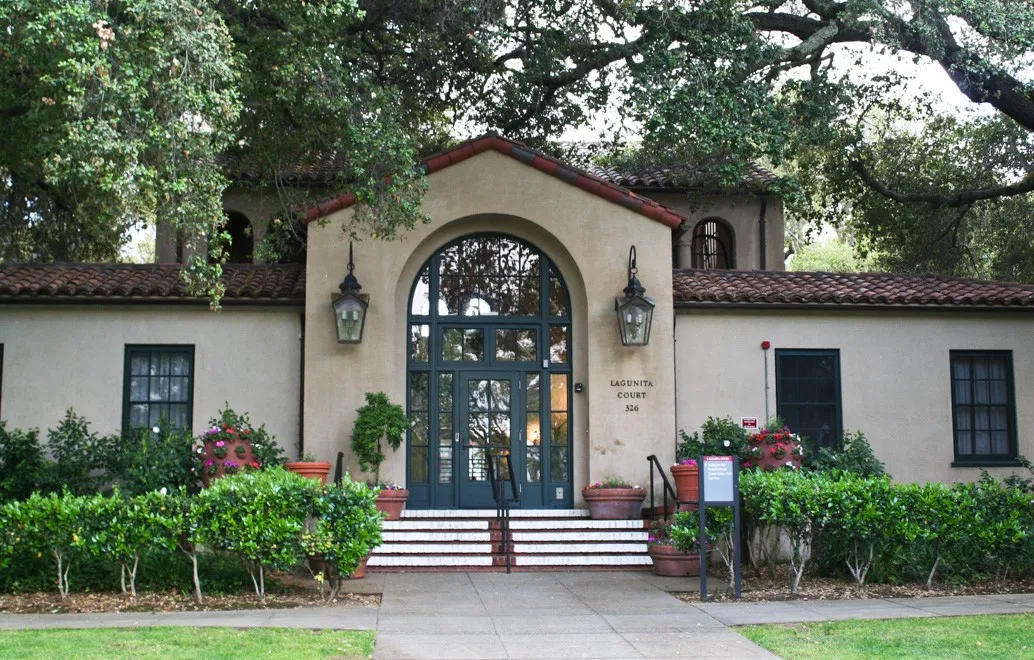Table of Contents
Ethnic theme housing is such a staple of Stanford life that learning of its relative rarity on other campuses can be quite the shock. One struggles to imagine Lag without Ujamaa — heck, one struggles to imagine Stanford without Uji. The presence of these houses is deeply felt; they are testaments to Stanford’s commitment to students of all creeds, a recognition that a refusal to “see color” is a refusal to see reality.
For the students who inhabit them, ethnic theme houses are the backdrops for profound personal development. The premise upon which they exist — that there is a commonality of experience among people of a similar ethnic background — is a truth borne out by their sheer popularity. One wonders why they would be so over-subscribed if prospective students didn’t feel that a common understanding of the experience of being black, Asian, Native American, or Hispanic in America (or, indeed, in general) could ignite enduring communal bonds.
Coming to Stanford can be culturally deracinating. Many new students have grown up in ethnically homogeneous communities, or have had few friends of different ethnic backgrounds. Suddenly feeling that you cannot speak in your accustomed vernacular or language, or hesitating to openly engage in cultural practices for fear that people will think you are trying to shove your culture down their throats, or worrying about coming across as a stereotype: these are the kinds of anxieties and depressants on personal growth that ethnic theme housing can address.
Ethnic theme houses also preserve the cultures of the students who reside within them. They sponsor campus-wide events like Pacific Islander Heritage Month and Club Ujamaa — a casino and jazz night with an emphasis on African-American culture. These dorms have access to funding and network resources that smaller clubs are unlikely to, which buffers the quality, quantity, and prominence of such events.
As they stand, these houses are loci of impassioned cultural celebration. Without this sort of vigilant and enthusiastic embrace of students’ backgrounds, multiculturalism at Stanford would feel anodyne: nominal respect and tolerance for a variety of cultures and racial experiences without serious engagement.
These bastions of culture also allow students who previously have not had an opportunity to meaningfully explore their identities to do so. Discussions about racial identity and culture are likely to go far deeper when there is a degree of common understanding about the stakes and basic facts of a given issue. Having a forum like this for intra-community dialogue, as well as an openness to frank questions about identity that students might otherwise be afraid to ask, is the foundation for this kind of cultural exploration.
Critics of ethnic theme housing accuse it of insularity, and worry that, without provocation, its residents are unlikely to branch out socially or culturally. The plethora of other avenues by which this happens should ease this fear — classes, clubs, day-to-day interactions with fellow students, summer internships. The fact that only half of each house’s residents are from the specified ethnic background also belies this idea that they are creating ethnic enclaves or segregating students.
The kicker is that these houses foster the confidence and autonomy that students need to make this eventual branching out so fruitful. It is a time-old truth that college, for many, is as much about learning about the world as it is learning about oneself. Living independently for the first time is exciting, of course, but can be stressful, too — Stanford’s nigh-inexhaustible supply of support programs attests to this. Disparate support networks, however, cannot compensate for a sense of security and inclusion in your dorm, your home for four years of your life.
For those worried that these houses cosset students, for those who read this and think, ‘Well I didn’t need a special snowflake housing program at Stanford,’ I urge you to talk with the students whose time at Stanford has been enriched by this program. The impacts of the college transition on students are variegated and personal, and the manners in which we all seek support are just as diverse. One student might find strength in their friendships, another in their intellectual growth. Some students will flourish in any setting, while others might grow best in the setting an ethnic theme house provides. The students who live in these houses speak of them with pride and defend them fervently. Their passion is a testament to the power of this program and the joy it brings to those who opt into it.
Stanford students deserve more than an attenuated relationship with their identity. Ethnic theme housing is a powerful conduit through which to receive that, and is an institution that should endure.





